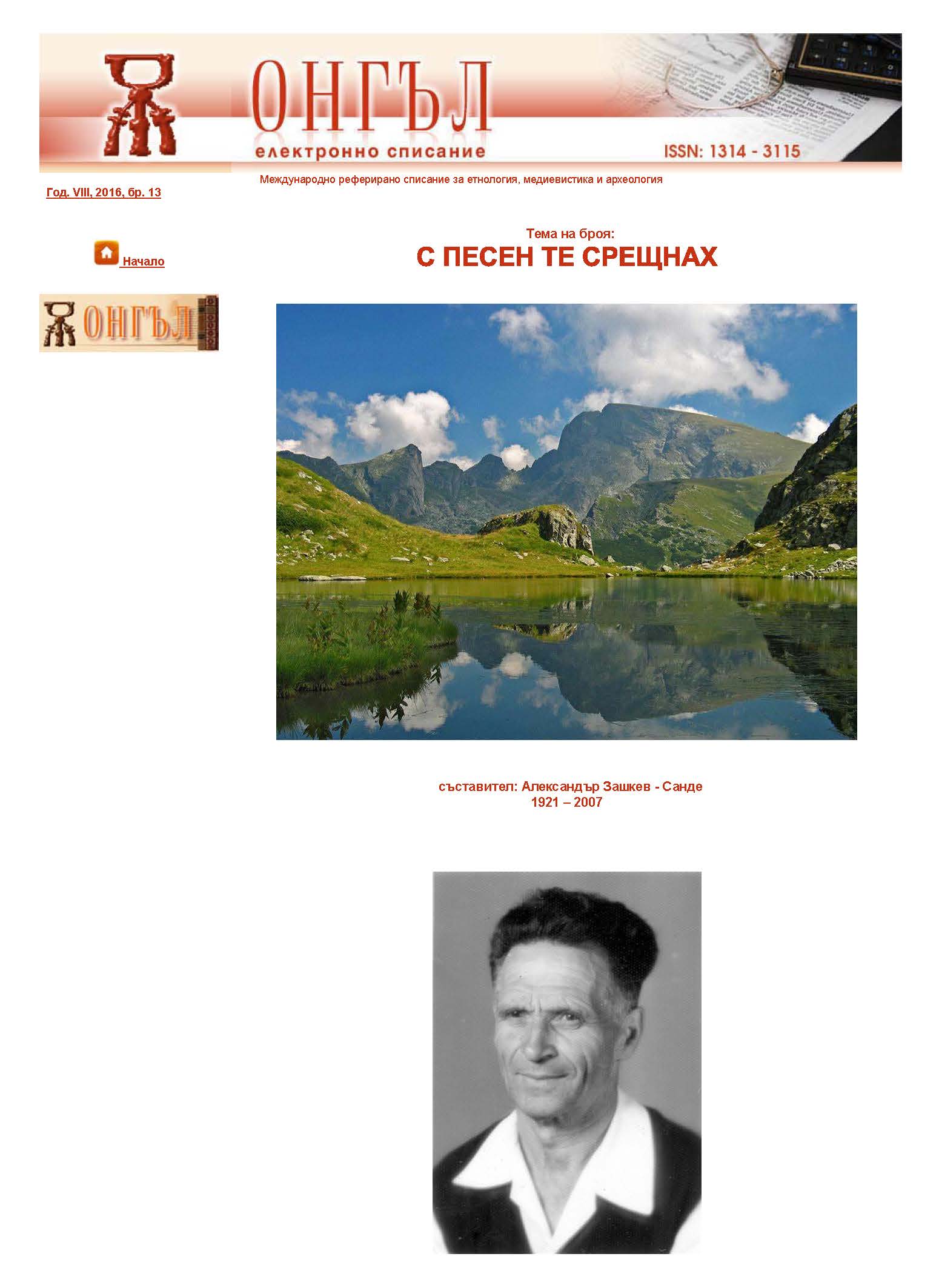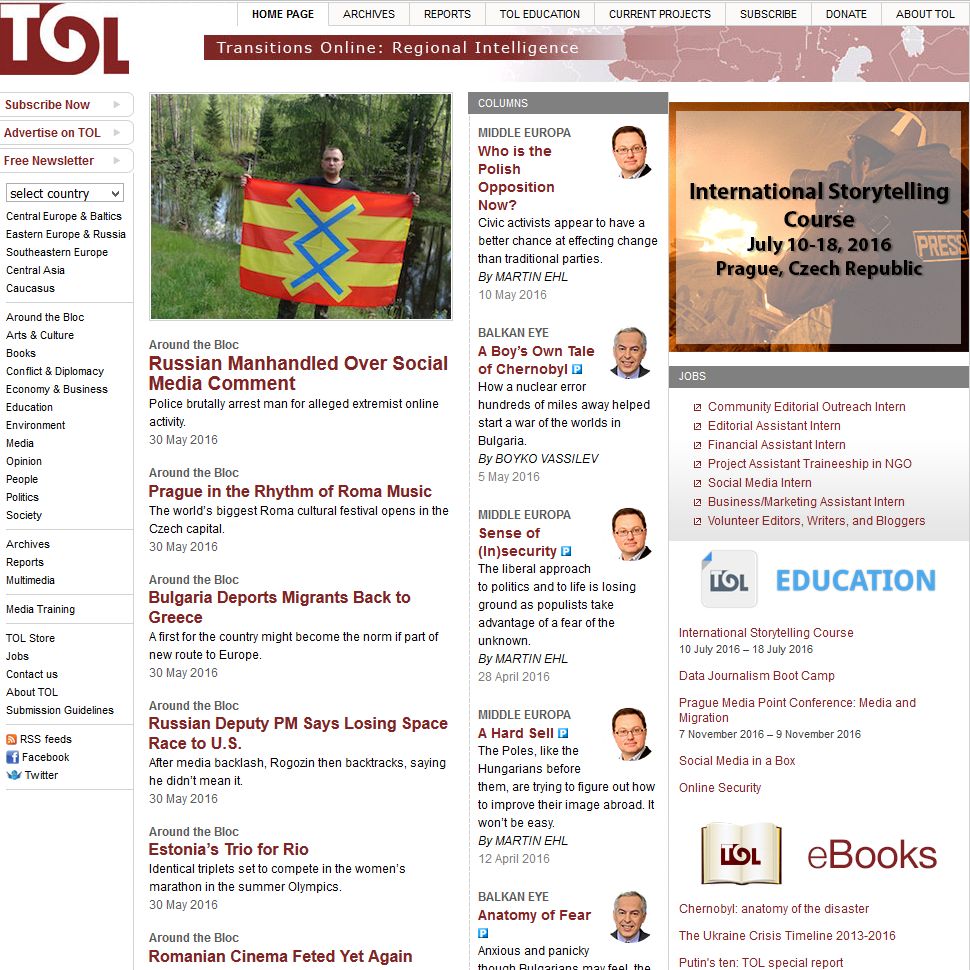
Around the Bloc: Prague in the Rhythm of Roma Music
The world’s biggest Roma cultural festival opens in the Czech capital.
More...We kindly inform you that, as long as the subject affiliation of our 300.000+ articles is in progress, you might get unsufficient or no results on your third level or second level search. In this case, please broaden your search criteria.

The world’s biggest Roma cultural festival opens in the Czech capital.
More...
The song ‘1944’ decries Stalin’s deportation of ethnic Tatars from the peninsula that Russia annexed two years ago.
More...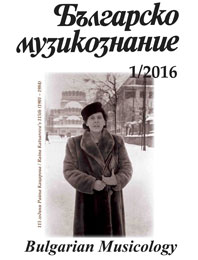
Albena Naydenova interviewed renownedAustriancomposer,conductor and violinist Friedrich Cerha (b. 26 February 1926) and his wife, Gertraud Cerha, a harpsichordist, composer and musicologist. His oeuvre and his freedom of choice of musical languages associated with admixture of techniques in his pieces of different periods are commented on. Cerha’s latest opera Onkel Präsident was staged in Munich in 2013 and had its Austrian premiere on 11 October 2014 at Volksoper Wien. The conversation broaches also composers from East Europe and particularly, Bulgarian music. The composer along with György Ligeti showed interest in Bulgarian folk music, he had acquired information about the diaphony of the Shops, living in the region of Sofia. In the 1960s, he came to know pieces by Bulgarian composer Bojidar Dimov (1935–2003), who lived in Cologne at the time and conducted his works.
More...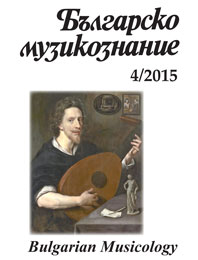
The paper deals with the interpretational achievements of renowned pianist Anton Dikov (1938-2004) in the genre of piano concertos, with the scale and uniqueness of his performative concerts. The pianist’s personal professional development is treated focusing on some important biographical data. The article underscores his earliest artistic performances and the following key moments in his brilliant international career, conducting to his becoming a prominent figure in pianism in the national and international music life of the second half of the twentieth century. The paper draws attention to the strong presence of piano concertos in Anton Dikov’s repertoire, shaped by his artistic disposition, interpretational skills, and affinity for grand-scale forms in piano literature. The performer’s specific sources are cited. Style, as well as the distinctive features and various aspects of his pianism, are considered. Integral performances of Bartók and Beethoven’s piano concertos and a number of concertos by Bulgarian composers are commented. Following an overview of the major romantic pieces for piano and orchestra, included in Dikov’s performing and recording activities, special attention is devoted to Brahms’s two piano concertos. The timeline of their performances by Dikov is provided. On this basis, the pianist’s concept of the pieces is analysed along with his views and knowledge of the Brahmsian style. Not only his rich structural hearing and formal skills but also his sound-instrumental achievements within the whole integral of the two grand piano concertos are highlighted. A number of interesting reviews along with other written sources are cited.
More...
Over the last decades, a notable revival of interest among performers and hence among researchers in the sacred compositions and the perennial oeuvre of remarkable Russian composer Pavel Grigorievich Tschesnokoff has been witnessed. Renowned Bulgarian bass singers such as Boris Christoff, Nicola Ghiuselev and young Orlin Anastasov have interpreted his pieces in this country. Both church and secular choirs, led by prominent Bulgarian conductors, include choral pieces by Tschesnokoff in their repertoires. This paper presents the composer as a leading figure in the so-called New School in Russian Sacred Music of the turn of the twentieth century, considering the topical issue of the extent to which his work is known and performed in Bulgaria and Russia nowadays.
More...
Pavel Tschesnokoff composed a cycle of sacred choral works Op. 43 in 1914, when the best part of emblematic of the so-called New School in Russian Sacred Music were written, including Rachmaninoff’s Liturgy (Op. 31), Grechaninov’s Passion Week (Op. 58), etc. The cycle evinces the characteristics of the composer’s already mature manner. The cycle has seven chants performed a cappella according to the tradition of Orthodox denomination. The canonical lyrics for Orthodox hymns and chants To the Most Holy Mother of God have not been borrowed from the same liturgical order of service: three of them are part of the Supplicatory Canon To the Most Holy Mother of God and the rest four are part of the order of service found in the Vespers, the First Hour, Sunday Matins and Our Lady of Kazan Feast Day Service (feast day: on 22 October or 4 November); still, all these are united by the general idea of praising the Holy Mother of God and prayerful hope in Her. Various music techniques, including polyphony, were used to compose the pieces.
More...
Proposed anti-gay legislation comes ahead of singer Elton John’s planned meeting with Vladimir Putin over gay rights.
More...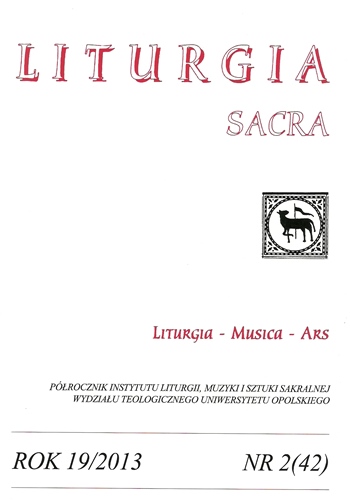
The liturgical reform of Vaticanum II, started fifty years ago with the announcement of the Constitution on the Sacred Liturgy (Sacrosanctum Concilium), changed significantly also the musical dimension of the liturgy celebrated in Polish churches. There are two vectors of the conciliar reform which seem to determine the mainstream of those changes. Firstly, the participatio actuosa requirement, which in consequence led to both the extension of the conceptual range of musica sacra by adding the concepts of folk art and folk hymn, and the appreciation of the vernacular and native roots present in the church singing. Secondly, the requirement concerning the theological purification and intensification of the contents of ecclesiastical rites, so also the church singing involved in the liturgy. Throughout the recent fifty years, the Catholic Church in Poland has made much effort to promote new compositions and musical praxis in liturgy as well as to give it proper orientation and dynamics. As a result, not only has the repertoire been enriched with reference to quantity and content, but also the general quality of musical output in churches has risen. What is more, the number of qualified musicians and organizers of musical activities in parishes has increased, although still not satisfactorily. However, it does not mean that in the past as well as at present there have not been obstacles on the way to implement the conciliar ideals and postulates. The reform of church music is still conditioned by many tensions and seeks its adequate way placed somewhere between the validity of Church Law and the artistic autonomy, aesthetics and pastoral pragmatism, avant-garde and tradition, between sacrum and profanum. Reformative ideas, based on the inappropriately conceived criteria of modernity and pastoral pragmatism have happened to be misleading for church music directing it towards religious and musical kitsch, rubbish, primitive entertainment, banalization of art and, what follows, banalization of liturgy. The socio-political context of the Church reformative activities as well as the regrettable level of musical education in Polish society may only be partially blamed for such a state of things. To a great extent, it is also the result of the frequently inaccurately adjudged “conflict” which is somehow a part of the nature of the artistic activities undertaken by the Church. On the one hand, such art wants and even has to defend its aesthetic autonomy and artistic qualifications. On the other hand, its advocates want to remain submissive as servants of Christian prayer. Each generation is engaged anew in the challenge of undertaking and “easing” these natural tensions and conflicts in order to find the so-called “golden mean”. Only the incessant deepening of both the theological consciousness and the aesthetic sensitivity would assure the right course of action. As a consequence, it may be pointed out that what church music nowadays needs most is the just and patient liturgical and musical education of both priests and the people.
More...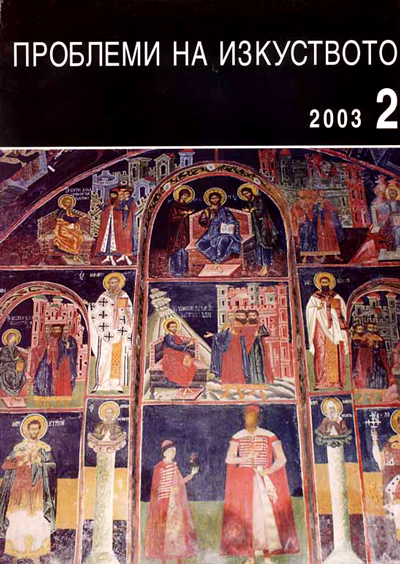
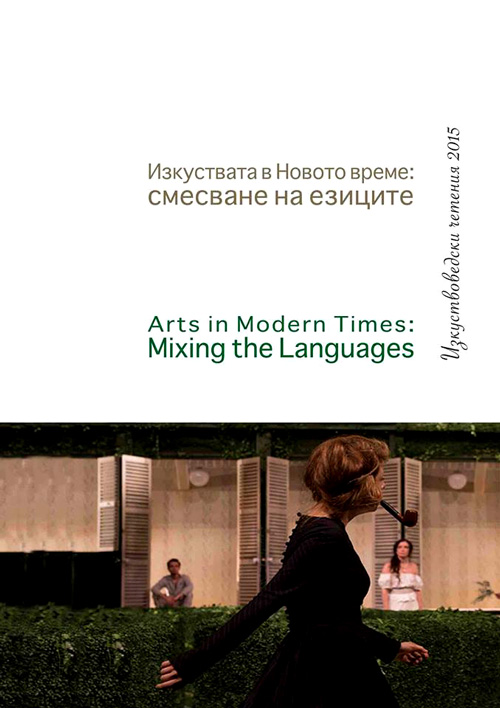
This paper is part of an extensive study of the dynamics in performing arts in an era of an explosive development of breakthrough technologies. Thе article deals with key terms such as ‘posthumanism’ (Steve Nichols, 1988; Donna Haraway, 1991; Robert Pepperell, 1995; Katherine Hayles, 1991; Manuel de Landa, 2003, etc.) in the sense of existing in a state beyond being human; ‘transhumanism’ (biotechnological development of human beings); ‘digimodernism’ (Alan Kirby, 2009); ‘cyborgism’ (David Krep, 2007); ‘hybridisation’ (Edward W. Said, 1978, Homi K. Bhabha, 1994, Philipp Stockhammer, 2012), etc. The critical discourses upon these newly coined terms are not homogenous, but are often, in fact, a series of contradictory ideas. Usually, issues of ethics and morality, language and communication between different types of social systems are also under consideration as well as of the intellectual efforts for interdisciplinarity. Some of the best examples are also considered towards creating new stage hybrids by using new technologies in Bulgaria and abroad.
More...
This chapter explores issues of inspiration and motivation on how a poem (in turn becoming a song) was created in connection with a specific situation of injustice, namely the Police Raid on the ‘Occupy’ protest in the Buffer Zone in Nicosia, Cyprus, on the 7th of April 2012. Taking into account a number of ethical considerations that embrace the role of art and free speech, expression and social critique (Islam, 2015), a set of ideas and discourses will be explored through an autoethnographic journey – from context to inspiration/motivation/creation and sharing as a form of alternative media via online social media platforms (Facebook and Soundcloud). Contextualization will also be discussed through the sub-genre of dub poetry as a practice of cultural resistance against oppression (Linton Kwesi Johnson) and a much wider set of debates on the presence/absence of songs with political content. Additionally, the chapter will focus on a detailed contextualization of ‘Occupy’ in Cyprus as a non-hierarchical grass roots protest moment and the manner in which this was destroyed by state police intervention. This will consider the specificity of ‘Occupy’ in Cyprus in the Buffer Zone as expression against militarism and occupation, as well as the more generic aspect of ‘Occupy’ worldwide as a counterhegemonic form of political activism.
More...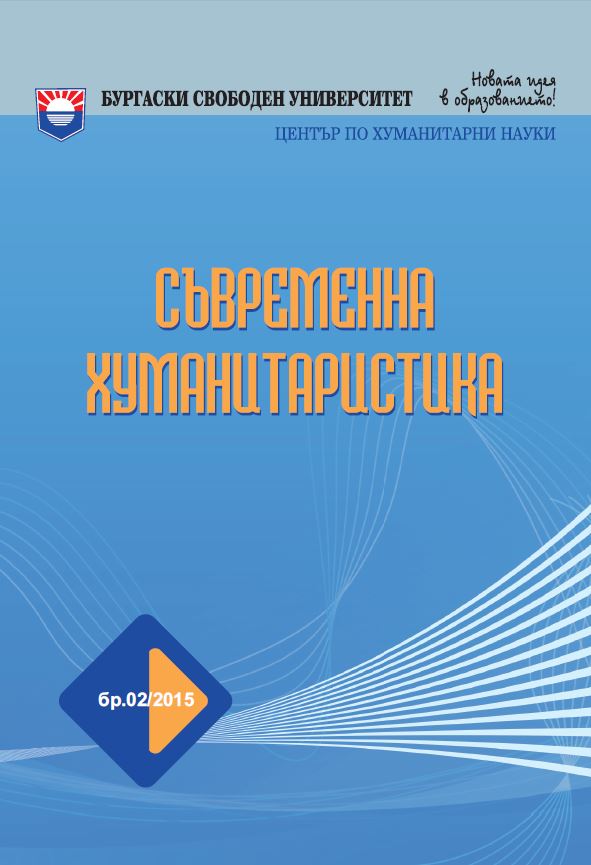
Stanisіaw Moniuszko (1819-1872) is one of the most important Polish music figures after Chopin. Acknowledged as the father of the Polish opera he is also a revered author of hundreds of songs with piano accompaniment. Combining the Romantic Idiom with Polish folk music, Moniuszko reproduced, in musical forms, the brilliant lyrics of Adam Mickiewicz and numerous other talented Polish poets.The thesis of Mrs. Karaliyska-Trapkova is centered on the Polish poetry in the songs of Moniuszko. The author is analyzing the most impactful songs of the composer, explaining their genesis, and investigating their characteristics, thus making them easier to understand and interpret by young Bulgarian opera singers.
More...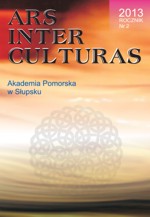
Rapid development of Ukrainian piano school is an inseparable part of European pianoschool’s evolution in the 20th century. The article is aimed at describing pianists’ performance practice and its role in the development of national culture as well as at surveying the genesis of musical educational tradition and establishment of piano methodology. Ukrainian piano school is defined as a phenomenon of cultural and the 20th century 6 periods are singled out. Special attention in the structure of piano school is drawn to musical educative activities, its development having facilitated reconceptualization of the content of piano education and teaching methodology throughout different periods. The author emphasizes that piano schools leaders and their followers realized their intellectual and creative potential in various performing activities and original teaching techniques. Piano class is considered as a special musical and creative space at an arts educational establishment where traditions are kept and transformed, new ideas emerge, creative views of young music teachers, who are the followers of mother piano schools, come to life and develop.
More...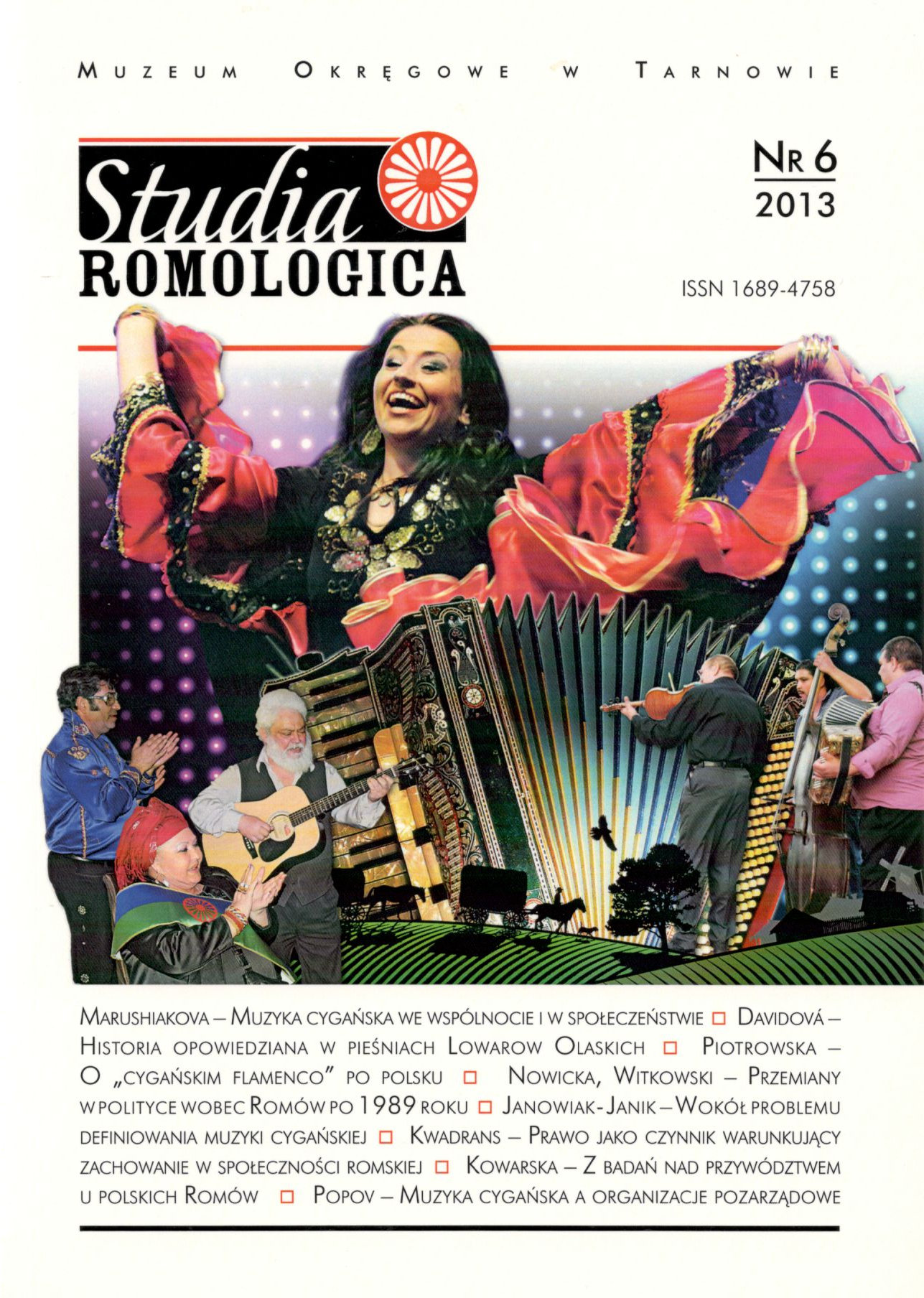
The Gypsies (Roma and other Gypsy communities) are actually an example how a people can exist in two dimensions – as a separate community/communities and as a more or less separated part of the society. Numerous researches of Romani studies scholar till now paid attention mostly on them as detached, specific community, but when speaking about ethnomusicology a paradox is observed. Main subject of majority researches are the Gypsy musicians, who serve the surrounding society, i.e. Roma are studied not so much as community, but rather as part of the society. The present article analyses the different spheres of functioning of the Gypsy music in the society and within the society and their mutual overlapping. Special attention is paid on role of the music within the Gypsy communities – in the different family (mainly during weddings) and calendar holidays, during the different rituals, in the everyday life, in different midst (family, age and/or sex restricted). On this ba¬sis the different appearances of the community identity of the Gypsies are analyzed, as well as the role, which the “Gypsy Music” (determined as such by the community itself) has on its creation and expression.
More...
The article is an overview of the Olah Romas‘ song folklore and lyrics in the former Czechoslovakia – in Bohemia, Moravia and Slovakia, where until today it has retained its active existence in an unchanged form – in particular among the group Lovari. While the music and folk songs of the Roma are relatively known, the Olah folklore in its authentic form remains rather unknown. It has been transmitted through generations in an uninfluenced form even after these societies were forced to stop being migratory by the power of the communist state in 1959. Their song folklore is differentiated in structure, forms, types and way of performance, and divided into two main groups of songs: Mulatousha, louke djila which are long, slow songs, and Khelimaske djila which are rhythmical songs to be danced to. This article examines the lyrics and content of these songs and also focuses on their specific function in the Olah society. The majority of these songs are traditionally without a musical accompaniment which increases the importance of their lyrics. The singer tells through them a story to the community to whom he dedicates the song by the way of a ritual formula – which adds to the atmosphere of the song as far as both content and rhythm are concerned. The author of the article chose ex¬amples of the lyrics from her large collection of original recordings made between the years 1956 and 1990. The texts are transcribed from the recordings in the Olah Roma language and then loosely translated.
More...
The article outlines Polish literature dedicated to the phenomenon of flamenco. An author not only presents the state of research on flamenco in Poland, but also refers readers both to the earliest and to the most popular works on flamenco functioning abroad. While analyzing Polish literature Piotrowska asks a question about general attitude of Polish authors towards the issue of ‘Gypsyness’ of flamenco and presents how Polish writers treat Gypsy roots of flamenco. The author concludes that in Polish literature – comprising a few articles and books – Gypsy connotations of fla¬menco are usually duly underlined. At the same time, Piotrowska states that Polish literature on flamenco is dominated by practical approach focusing on performantive practices (dance, instrumental play), rather than on historic or aesthetic perspective. The author stresses the absence of Polish translations of important books on flamen¬co, however she also acknowledges the role Polish Internet sites play in promoting the Gypsy aspect of flamenco phenomenon.
More...

The article deals with the musical culture of Great Moravia in the period of the Byzantine Mission that influenced greatly both liturgical texts and choral singing. The textsof this music were also influenced highly by the work of Constantine (who adopted the nameof Cyril later) and Methodius. The singing of Great Moravia thus combined the elementsof both the eastern and western traditions. The article also includes an example of a canon in honour of St. Cyril, the authorship of which is attributed to one of the pupils of this scholar.
More...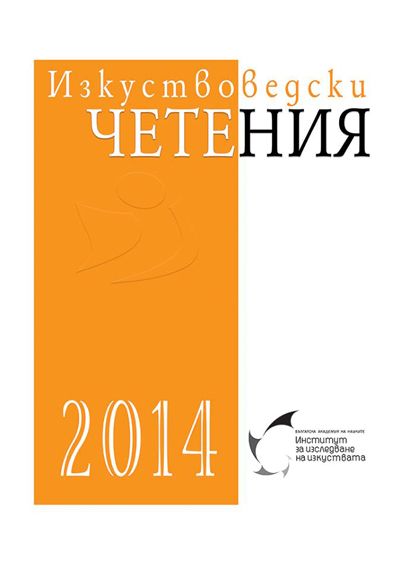
The expression postmodern culture occurs in many languages as synonymous with postmodernism. At the same time, ever since Lyotard published in 1979 his hypothesis and specified its two components – post-industrial society – postmodern age in culture – a theory of postmodernism has been developed. It distinguishes itself from other theories by its critical approach in relation to modernism. For this reason, postmodernism is generally regarded as being a challenge to the established order of understanding accepted by the academic fields of study. More precisely, theoretical postmodernism is a trend in various disciplines that seeks to revaluate (or reconceive) the foundational principles and concepts of the modern thought. “Post-modern culture” is one of those “post” terms that both designate and embody the idea of epochal shift from the modern to postmodern era. The view that music actively constructs ‘culture’ and ‘explains reality’ became possible with the publishing of works exhaustively arguing the contemporary (Western) reality in a combination of its quite different aspects. I call these models not only because these interpret/conceptualize our (“post”) modernity, but also because their followers in various disciplines (including musicology) undertake to further develop and argue the ideas practically. This essay offers a comparison between two types: programmatic and interpretative models for ‘postmodern culture’. A differentiation between theory, its term and the free use of ‘postmodern culture’ is necessary in musicology as well where interdisciplinary ideas are always there; while proper analytical criteria for ‘postmodern’ evaluation of musical composition are unevenly used by various schools. Still, these are certainly priorities in the movements of new musicology, socio-musicology and cultural musicology. The champions of ‘postmodern models of knowledge” in music advocate for adopting “a sceptical view of conceptual synthesis and aesthetic autonomy’ (Lawrence Kramer).This necessitates a type of analysis that stimulates a “deeper shift in the discipline” and leads the musicologists “to explore phenomena that previously had little or no place in musicology”, according to Martha Feldman. In more ambitious programmes, the analysis evolves into models of integration in sociological courses; their authors urge learning students to actively ‘apply sociological ideas to explain empirical reality’ (Jarl Ahlkvist).
More...